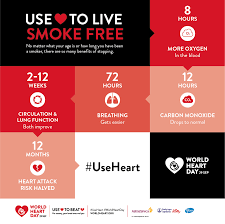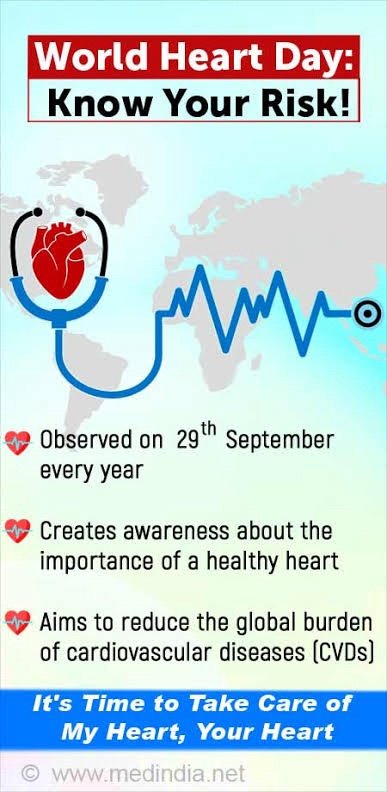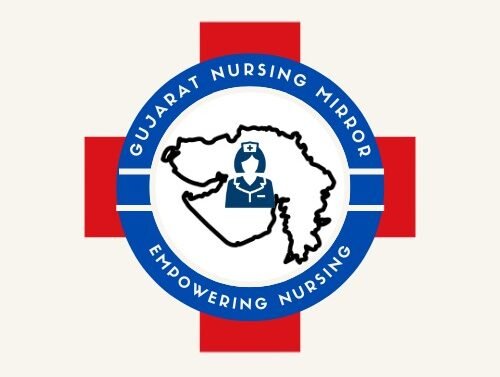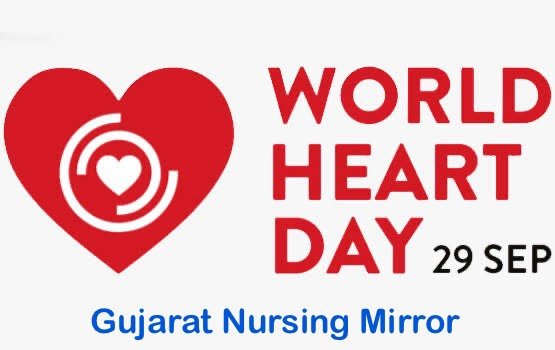World Health Day was first founded in 1999 with the World Heart Federation (WHF) collaborating with the World Health Organisation (WHO). The idea of an annual event was conceived by Antoni Bayés de Luna, the president of WHF from 1997-2011. Originally, World Heart Day was observed on the last Sunday of September, with the first celebration taking place on September 24, 2000.
Significance:
According to the World Heart Federation, “World Heart Day informs people around the globe that CVD, including heart disease and stroke, is the world’s leading cause of death claiming 18.6 million lives each year, and highlights the actions that individuals can take to prevent and control CVD. It aims to drive action to educate people that by controlling risk factors such as tobacco use, unhealthy diet and physical inactivity, at least 80% of premature deaths from heart disease and stroke could be avoided.”
Theme:
This year, the theme of World Heart Day is “Use ❤️ Know ❤️” i.e. use and know how best to use heart emoji since visual language is a part of our daily lives where emojis are one of the most popular forms of communications today, especially amongst younger generations, to help retain people’s attention and transcend language barriers.
Facts About Cardiovascular Diseases
According to the information available on WHO’s website, here are some key facts:
- Cardiovascular diseases (CVDs) are the leading cause of death globally.
- An estimated 17.9 million people died from CVDs in 2019, representing 32% of all global deaths. Of these deaths, 85% were due to heart attack and stroke.
- Over three-quarters of CVD deaths take place in low- and middle-income countries.
- Out of the 17 million premature deaths (under the age of 70) due to noncommunicable diseases in 2019, 38% were caused by CVDs.
- Most cardiovascular diseases can be prevented by addressing behavioural risk factors such as tobacco use, unhealthy diet and obesity, physical inactivity and harmful use of alcohol.
- It is important to detect cardiovascular disease as early as possible so that management with counselling and medicines can begin.
Symptoms Of Cardiovascular Disease:
– Chest pain, chest tightness, chest pressure and chest discomfort
Dizziness, lightheadedness or fainting
– Weakness or fatigue
– Swelling of the hands, legs, ankles or feet
Fever
– Skin rashes or unusual spots
– Dry or persistent cough
How To Prevent Cardiovascular Disease?
Eat a balanced diet rich in fruits, vegetables, whole grains, lean proteins, and healthy fats.
– Limit your intake of saturated and trans fats, cholesterol, salt, and added sugars.
– Control portion sizes to manage calorie intake.
Aim for at least 150 minutes of moderate-intensity aerobic exercise or 75 minutes of vigorous-intensity exercise per week.
– Incorporate strength training exercises at least two days a week.
– Achieve and maintain a healthy body weight through a combination of diet and exercise.
Losing even a small amount of weight can have a significant impact on CVD risk.
– If you smoke and drink alcohol, then quit these bad habits immediately as both are the most significant risk factors for CVD.
– Practice stress-reduction techniques such as meditation, yoga, deep breathing exercises, or hobbies that you enjoy.
Seek support or counseling if you have chronic stress.
– Monitor your blood pressure regularly and work with your healthcare provider to keep it within a healthy range.
– Follow prescribed medications and lifestyle recommendations.
Keep your cholesterol levels in check by following a heart-healthy diet and, if necessary, taking prescribed medications.
– High levels of LDL cholesterol are a risk factor for CVD.
– If you have diabetes, manage your blood sugar levels through medication, diet, and regular monitoring.
Diabetes is a major risk factor for heart disease.
– Visit your healthcare provider for regular check-ups to assess your overall health and identify risk factors early.
– Reduce your sodium (salt) intake to help control blood pressure. Be mindful of hidden sources of sodium in processed foods.




